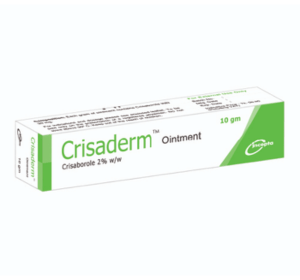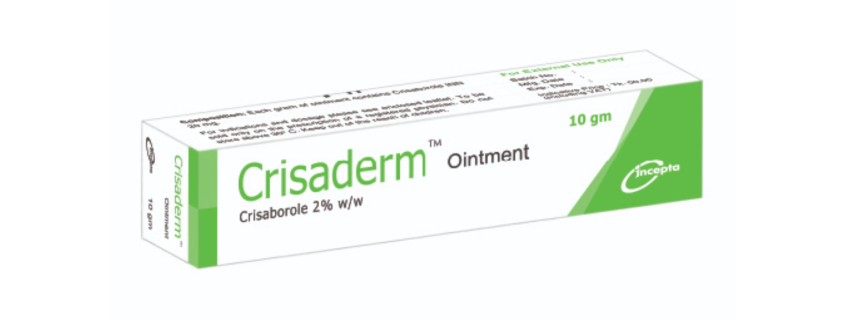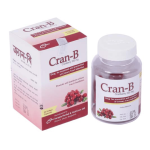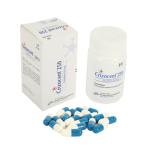Crisaderm Ointment(Crisaborole )

Therapeutic Group: Analgesic, Anti Inflammatory
Presentation
Each gram of ointment contains Crisaborole INN 20 mg
Description
Crisaderm contains 2% Crisaborole (w/w) in a petrolatum-based, white to off-white ointment and is for topical use. The active ingredient, Crisaborole, is a phosphodiesterase-4 (PDE-4) inhibitor, mainly acting on phosphodiesterase 4B (PDE4B), which causes inflammation. Chemically, Crisaborole is a phenoxybenzoxaborole. It contains a boron atom that helps penetrate the skin and is essential for its binding activity. Inhibition of PDE4B appears to suppress the release of tumor necrosis factor alpha (TNFα), interleukin-12 (IL-12), IL-23 and other cytokines, proteins believed to be involved in the immune response and inflammation.
Indications
Crisaderm is indicated for topical treatment of mild to moderate atopic dermatitis in pediatric patients 3 months of age and older.
Dosage & Administration
Apply a thin layer of Crisaderm twice daily to affected areas. Crisaderm is for topical use only and not for ophthalmic, oral, or intravaginal use.
Side Effects
Allergic reactions- Crisaderm may cause allergic reactions at or near the application site. These can be serious and may include hives, itching, swelling, and redness. The most common side effect of Crisaderm is application site pain, such as burning or stinging.
Precautions
Hypersensitivity reactions, including contact urticaria have occurred in patients treated with Crisaderm. If signs and symptoms of hypersensitivity occur, discontinue Crisaderm immediately and initiate appropriate therapy.
Use in Pregnancy & Lactation
Risk Summary: Pregnancy
There is no available data with Crisaderm in pregnant women to inform the drug-associated risk for major birth defects and miscarriage. In animal reproduction studies, there were no adverse developmental effects observed with oral administration of crisaborole in pregnant rats and rabbits during organogenesis at doses up to 3 and 2 times, respectively, the maximum recommended human dose (MRHD).
Risk Summary: Lactation
There is no information available on the presence of Crisaderm in human milk. Crisaderm is systemically absorbed. The lack of clinical data during lactation precludes a clear determination of the risk of Crisaderm to a breastfed infant.
Drug Interaction
In vitro studies using human liver microsomes indicated that under the conditions of clinical use, Crisaborole and metabolite 1 are not expected to inhibit cytochrome P450 (CYP) 1A2, 2B6, 2C8, 2C9, 2C19, 2D6, and 3A4.
In vitro human liver microsomes studies for metabolite 2 showed that it did not inhibit activities of CYP2C19, 2D6, and 3A4.
Storage
Do not store above 30 degree Celsius. Keep away from light and out of the reach of children.
Commercial Pack
Crisaderm 10 gm ointment: Each box contains 1lamitube of 10gm ointment.



